Table of Contents
Job Introduction
CGPDTM is hiring Textile Patent Examiner through a common competitive exam. The Controller General of Patents, Designs and Trade Marks (CGPDTM) administers the Industrial Property laws related to Patents (Patents Act 1970), Designs (Designs Act, 2000), Trade Marks (Trade Marks Act, 1999) and Geographical Indications (Geographical Indications of Goods (Registration & Protection) Act 1999) in the country. The CGPDTM is also the Registrar of Copyrights and Registrar of Semiconductor Integrated Circuits Layout-Design. The headquarter of the Office of Controller General of Patents, Designs & Trade Marks is located at Mumbai. The Rajiv Gandhi National Institute of Intellectual Property Management (RGNIIPM) and Patent Information System (PIS), Nagpur also function under the superintendence and administrative control of the CGPDTM.
Job Details
| Name of Post | Examiner of Patents and Design |
| Job Type | General Central Service, Group ‘A’ Gazetted (Non-Ministerial) |
| Department | OFFICE OF THE CONTROLLER GENERAL OF PATENTS, DESIGNS AND TRADE MARKS, DEPARTMENT FOR PROMOTION OF INDUSTRY AND INTERNAL TRADE, MINISTRY OF COMMERCE AND INDUSTRY, GOVERNMENT OF INDIA |
| Vacancy | 08 |
| Examination Fee | General & OBC Candidates : Rs 1000/- SC, ST, PwD & Women Candidates : Rs 500/- |
| Age Limit | 35 years |
| Salary | Level 10 in Pay Matrix (₹ 56,100 – 1,77,500) plus applicable allowances Gross Salary: Rs 1,05,003 /- plus allowances |
| Educational Qualification | Bachelor Degree in Textile Engineering /Technology or equivalent |
| CGPDTM Official Website | Official Recruitment Notification |
| ONLINE APPLY LINK |
Important Dates
| Online application process starts | 14th July 2023 |
| Online application process concludes | 4th August 2023 |
| Issuance of e-Admit Card for Preliminary Examination | 14th August 2023 |
| Preliminary Examination | 3rd September 2023 |
| Declaration of result of Preliminary Examination | 13th September 2023 |
| Issuance of e-Admit Card for Mains Examination | 18th September 2023 |
| Mains Examination | 1st October 2023 |
| Declaration of result of Mains Examination | 16th October 2023 |
| Issuance of e-Admit Card for Interview | 22nd October 2023 |
| Interview | 11th and 12th November 2023 |
| Declaration of final list of qualified candidates | 17th November 2023 |
How to Apply ?
Candidates are required to apply online by using the website https://cgpdtm.qcin.org/. No other mode of application will be accepted.
Selection Process
| Preliminary Examination (screening) | * Screening Exam, marks will not be included * Online Objective type exam * 2 Hours, 150 marks, 150 questions * Objective type multiple choice questions * General English (15 marks), Verbal and Non Verbal Reasoning (30 marks), Quantitative Aptitude (30 marks), General Knowledge and Current Affairs (30 marks), General Science (30 marks) and IP legislation in India, WIPO and related treaties (15 marks) * Minimum Qualifying Marks : UR :30%; OBC/EWS :25% and others :20% |
| Mains Examination (80% weightage) | * Offline Written Exam consisting 2 papers * Paper –I (OMR Based) , 100 marks, 2 hours, 100 objective type multiple choice questions * Paper –II (Descriptive answer) , 300 marks, 3 hours |
| Interview (20% weightage) | 100 marks |
Textile Examiner Exam Syllabus and Study Material for CGPDTM
General English : 15 Marks
Verbal and Non Verbal Reasoning : 30 Marks
Quantitative Aptitude : 30 Marks
General Knowledge and Current Affairs : 30 Marks
Prepare last 3 months current affairs from newspaper reading.
General Science : 30 Marks
IP legislation in India, WIPO and related treaties : 15 Marks

Textile Fibres: Classification of textile fibres; Essential requirements of fibre forming polymers; Gross and fine structure of natural fibres like cotton, wool and silk. Introduction to important bastfibres; properties and uses of natural and manmade fibres; physical and chemical methods of fibre and blend identification and blend analysis. Molecular architecture, amorphous and crystalline phases, glass transition, plasticization, crystallization, melting, factors affecting Tg and Tm; Process of viscose and acetate preparation. Polymerization of nylon-6, nylon-66, poly (ethylene terephthalate), polyacrylonitrile and polypropylene; Melt Spinning processes, characteristic features of PET, polyamide and polypropylene spinning; wet and dry spinning of viscose and acrylic fibres; post spinning operations such as drawing, heat setting, tow-to-top conversion and different texturing methods. Methods of investigating fibre structure e.g., Density, X-ray diffraction, birefringence, optical and electron microscopy, I.R. absorption, thermal methods (DSC, DMA/TMA, TGA); structure and morphology of man-made fibres, mechanical properties of fibres, moisture sorption in fibres; fibre structure and property correlation.
Yarn manufacture and yarn structure & properties: Principles of opening, cleaning and mixing/blending of fibrous materials, working principle of modern opening and cleaning equipments; the technology of carding, carding of cotton and synthetic fibres; Drafting operation, roller and apron drafting principle, causes of mass irregularity introduced by drafting; roller arrangements in drafting systems; principles of cotton combing, combing cycle, mechanism and function, combing efficiency, lap preparation; recent developments in comber; Roving production, mechanism of bobbin building, roving twist; Principle of ring spinning, forces acting on yarn and traveler; ring & traveler designs; mechanism of cop formation, causes of end breakages; working principle of ring doubler and two for one twister, single and folded yarn twist, properties of double yarns, production of core spun yarn, compact spinning, principle of non conventional methods of yarn production such as rotor spinning, air jet spinning, wrap spinning, twist less spinning and friction spinning. Yarn contraction, yarn diameter, specific volume & packing coefficient; twist strength relationship in spun yarns; fibre configuration and orientation in yarn; cause of fibre migration and its estimation, irregularity index, properties of ring, rotor and air-jet yarns.
Fabric manufacture and Fabric Structure: Principles of cheese and cone winding processes and machines; random and precision winding; package faults and their remedies; yarn clearers and tensioners; different systems of yarn splicing; features of modern cone winding machines; different types of warping creels; features of modern beam and sectional warping machines; different sizing systems, sizing of spun and filament yarns, modern sizing machines; principles of pirn winding processes and machines; primary and secondary motions of loom, effect of their settings and timings on fabric formation, fabric appearance and weaving performance; dobby and jacquard shedding; mechanics of weft insertion with shuttle; warp and weft stop motions, warp protection, weft replenishment; functional principles of weft insertion systems of shuttle-less weaving machines, principles of multiphase and circular looms. Principles of weft and warp knitting; basic weft and warp knitted structures. Classification, production and areas of application of nonwoven fabrics.Basic woven fabric constructions and their derivatives; crepe, cord, terry, gauze, leno and double cloth constructions. Peirce’s equations for fabric geometry; elastica model of plain woven fabrics; thickness, cover and maximum sett of woven fabrics
Textile Testing: Sampling techniques, sample size and sampling errors. Measurement of fibre length, fineness, crimp, strength and reflectance; measurement of cotton fibre maturity and trash content; HVI and AFIS for fibre testing. Measurement of yarn count, twist and hairiness; tensile testing of fibres, yarns and fabrics; evenness testing of slivers, rovings and yarns; testing equipment for measurement test methods of fabric properties like thickness, compressibility, air permeability, drape, crease recovery, tear strength, bursting strength and abrasion resistance. FAST and Kawabata instruments and systems for objective fabric evaluation.Statistical data analysis of experimental results.Correlation analysis, significance tests and analysis of variance; frequency distributions and control charts.
Preparatory Processes: Chemistry and practice of preparatory processes for cotton, wool and silk. Mercerization of cotton.Preparatory processes for nylon, polyester and acrylic and polyester/cotton blends.
Dyeing: Classification of dyes. Dyeing of cotton, wool, silk, polyester, nylon and acrylic with appropriate dye classes. Dyeing polyester/cotton and polyester/wool blends. Batchwise and continuous dyeing machines. Dyeing of cotton knitted fabrics and machines used. Dye fibre interaction. Introduction to thermodynamics and kinetics of dyeing.Methods for determination of wash, light and rubbing fastness.Evaluation of fastness properties with the help of grey scale.
Printing: Styles of printing. Printing thickeners including synthetic thickeners. Printing auxiliaries. Printing of cotton with reactive dyes. Printing of wool, silk, nylon with acid and metal complex dyes. Printing of polyester with disperse dyes. Methods of dye fixation after printing. Resist and discharge printing of cotton, silk and polyester. Printing of polyester/cotton blends with disperse/reactive combination. Transfer printing of polyester. Developments in inkjet printing.
Textile Examiner Previous Year Question Papers
Frequently Asked Questions | FAQs
What does a patent examiner do ?
Examiner of Patents and Design is typically responsible for evaluating patent applications and designs to determine their novelty, inventiveness, and compliance with relevant laws and regulations. Their main role is to assess the technical and legal aspects of patent applications and designs, including conducting prior art searches, examining claims, and reviewing supporting documentation.
Examiners of Patents and Design are often employed by intellectual property offices or patent offices of respective countries. Their primary objective is to ensure that patents and designs meet the necessary criteria for granting intellectual property protection. They may also conduct interviews or hearings with applicants or their representatives to clarify the scope of the invention or design.
What is salary of patent examiner in India ?
Level 10 in Pay Matrix (₹ 56,100 – 1,77,500) plus applicable allowances
Gross Salary: Rs 1,05,003 /- plus allowances
What is full form of CGPDTM ?
Full form of CGPTDM is Controller General of Patents, Designs, and Trade Mark (CGPDTM), which is an autonomous body under the Ministry of Commerce and Industry.


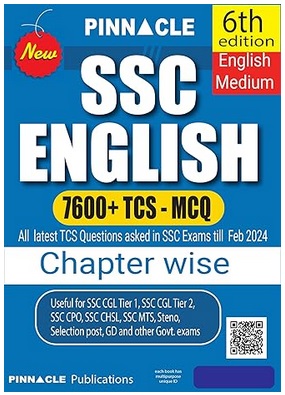
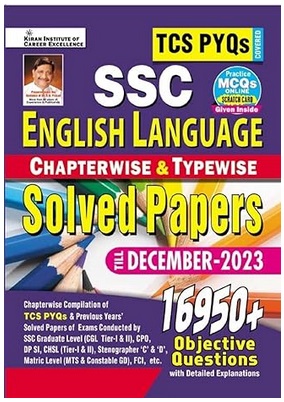
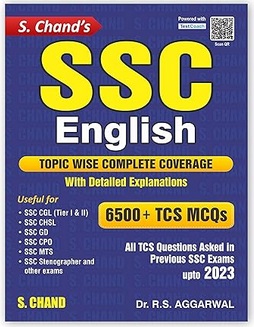
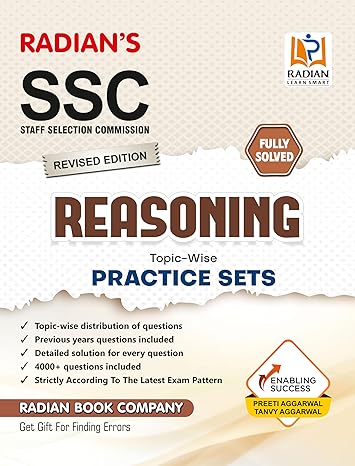
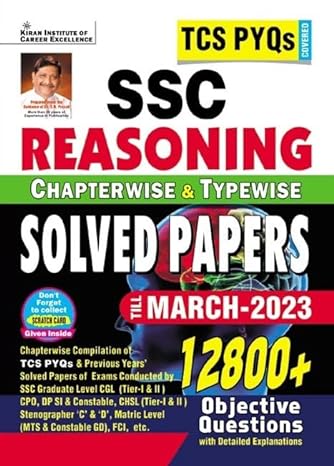
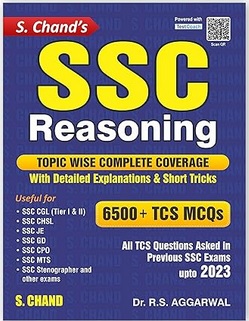
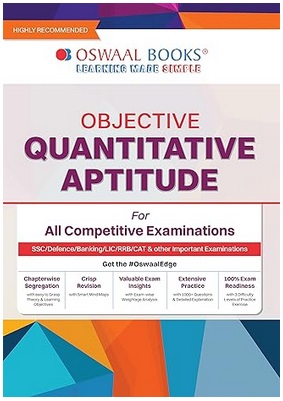
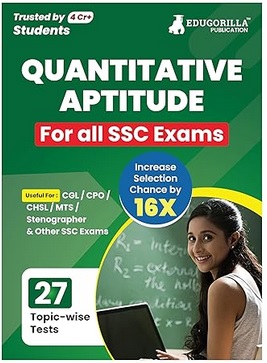
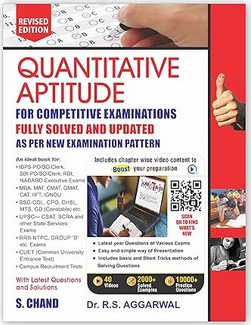
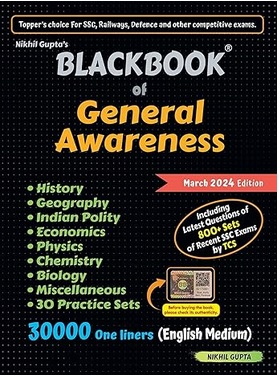
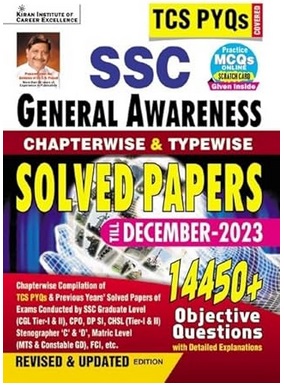
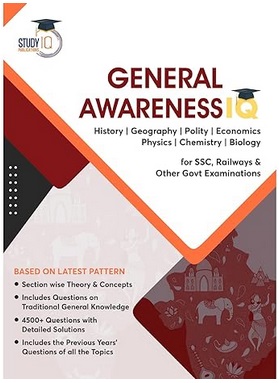
Is there any age limit for applying for the post of Textile Patent Engineer ?
35 years
Any age limit for applying to Textile Patent Engineer 2023?
Age limit for applying for the post of Textile Patent Engineer 2023?
Kindly indicate age limit for applying to the post of Textile Patent Engineer 2023?
Hi please also share the sources for prelims and mains like reference books